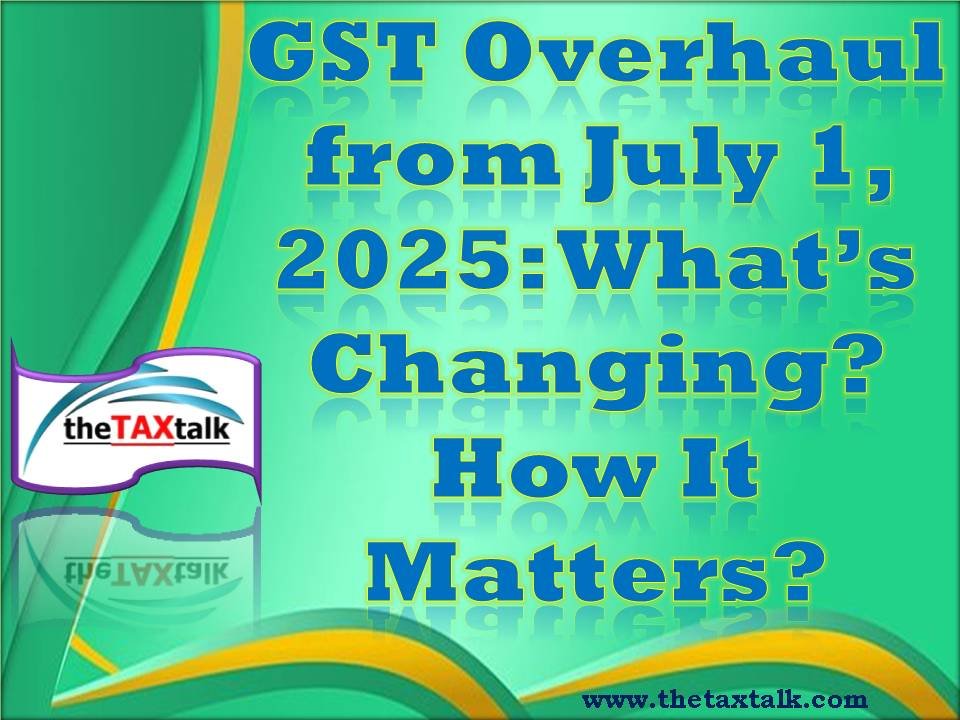![]()
GST Overhaul from July 1, 2025: What’s Changing? How It Matters?
1. GSTR-3B Now Locked Post-Filing –
GSTR-3B will be auto-populated from GSTR-1/IFF and locked once filed. Any edits must go through GSTR- 1A. This change puts pressure on accurate, upfront reporting.
2. Three-Year Cap on Old Returns-
Starting August 1, GST returns older than three years cannot be filed. If your business has any legacy non-compliance, July 31 is your last chance to regularize.
3. E-way Bill & E-invoice Compliance Tightens-
E-way bills: Valid only for documents up to 180 days old.
E-invoicing: Must be uploaded to IRP within 30 days (for turnover > ₹10 Cr)
Multi-Factor Authentication is now mandatory for all GST logins
4. ISD and Reporting Updates
ISD registration is now mandatory for businesses with multiple GSTINs under one PAN.
GSTR-7 and GSTR-8 will now require invoice-level details
How it matters:
These are not just administrative tweaks – they reflect a larger shift toward real-time compliance and tighter audit trails. GST is moving from post-facto corrections to proactive discipline. Businesses that still rely on reactive filing will face increased friction – and potentially, penalties.
GST is no longer just a tax system – it’s becoming a real-time digital audit.
Is your compliance process ready for this next chapter?


